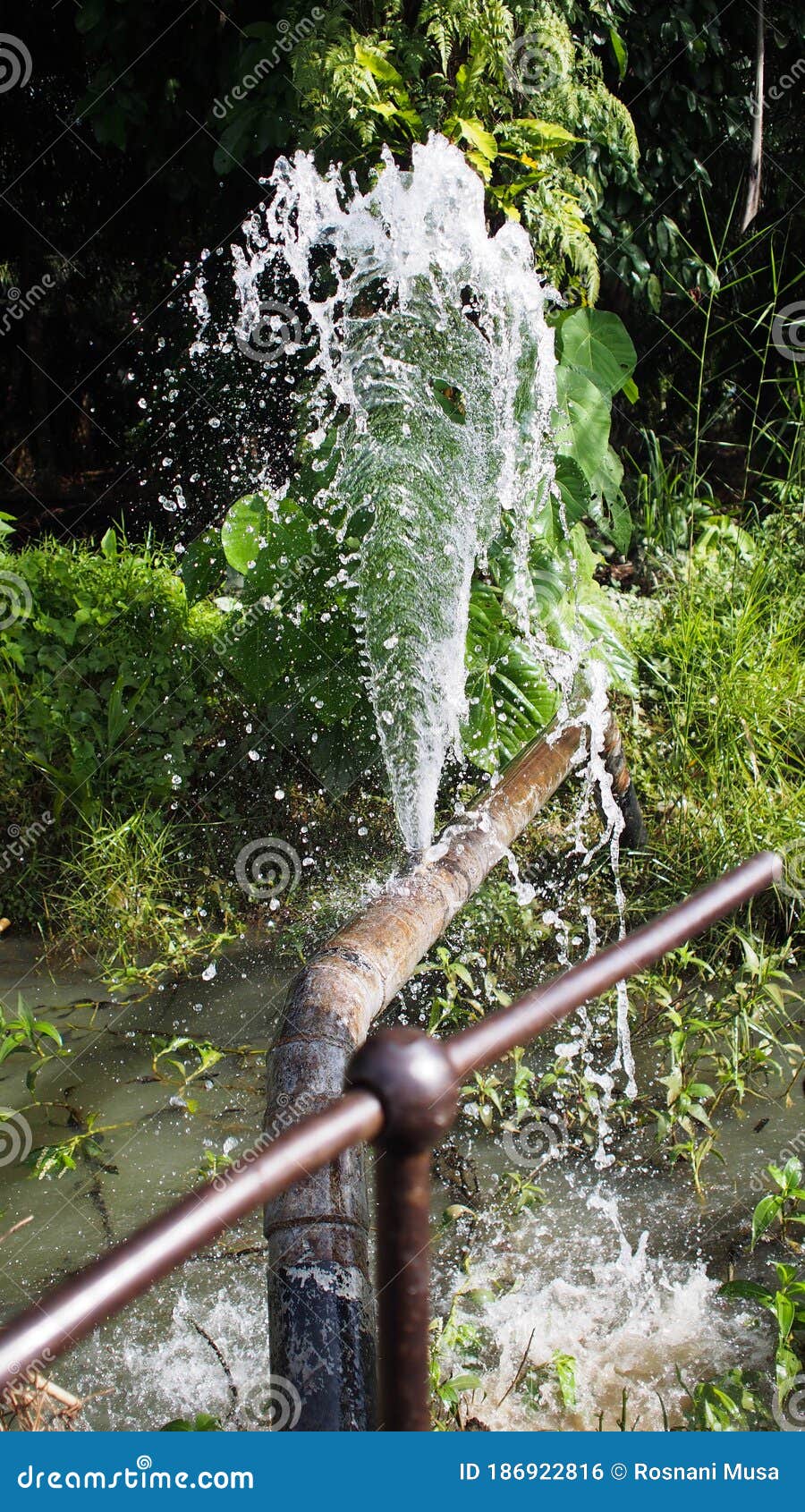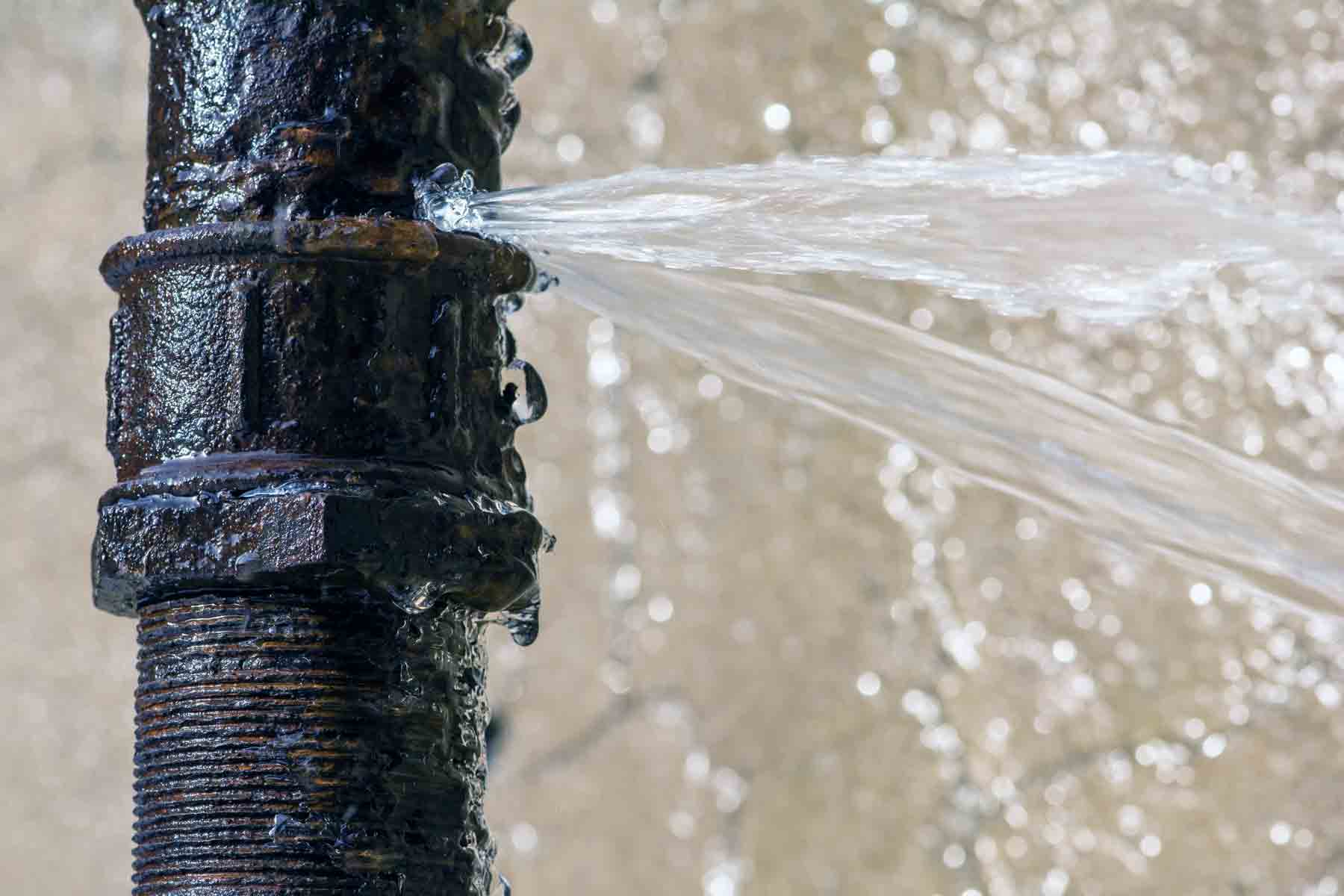What to Do When a Pipeline Bursts: Immediate Tips for House Owners
A pipe burst can be a house owner's worst headache, resulting in significant damages if not dealt with without delay. The prompt reaction is crucial: initially, locate the source of the leakage and closed off the main water shutoff to prevent additional flooding. Following this, draining pipes the pipes becomes crucial to mitigate additional issues.

Examine the Scenario
When a pipeline bursts, the primary step is to examine the circumstance immediately. This first examination is essential in identifying the degree of the damages and the prospective threats involved - burst pipe. Begin by recognizing the source of the leakage; this might entail examining the area around the ruptured pipeline for visible indicators of water getaway. If the ruptured took place in a hidden room, such as within a wall or under a flooring, seek water stains or pooling that may indicate the area.
Examine for electrical cables that might be exposed to water, as this presents a significant threat of electrocution. Furthermore, take note of any kind of important items or furnishings that might be at danger of water damage.
Recording the damage with pictures can additionally be advantageous, specifically for insurance cases. Time is of the essence, as standing water can bring about mold and mildew development and additional structural damage. By extensively examining the circumstance, you will certainly be better prepared to take the needed steps to minimize further concerns emerging from the ruptured pipeline.
Shut Off the Water
The prompt priority after recognizing a ruptured pipe is to close off the supply of water to prevent additional flooding and damages. Situate the major shut-off shutoff, generally discovered near the water meter, in the cellar, or on an outside wall. Turning this valve clockwise will certainly stop the flow of water throughout your home, mitigating the risk of extensive water damage.
If you are not able to locate the primary shut-off valve or if it is malfunctioning, you may require to turn off individual shutoffs attached to the influenced pipeline, if accessible. Some homes also have additional valves for particular home appliances, such as washing equipments or dishwashers.
It's a good idea to acquaint yourself with the location of these valves before an emergency situation takes place, as this expertise can save useful time during a crisis. On the occasion that the major shutoff is stuck or hard to transform, do not force it; rather, think about seeking professional aid.
Once the supply of water is closed off, take a minute to analyze the situation even more while getting ready for the next steps, ensuring that your home is as safe as feasible from additional water breach.
Drain the Pipes
After closing off the water, it is essential to drain the pipelines to minimize any remaining water that might result in additional damage. Begin by opening all faucets in the home, beginning from the highest degree to the most affordable. This process encourages the water to drain find out here now entirely, allowing gravity to help in getting rid of residual water from the pipelines.

Be careful when draining hot water, as it can cause burns. Effectively draining pipes the pipes is critical to avoiding further difficulties and helps guard your home from extra water damages throughout this stressful circumstance.
Get In Touch With an Expert
Following a ruptured pipe, contacting a specialist plumbing technician is important to make sure a thorough analysis and reliable repair work. Trying to deal with the situation without experienced help can result in additional damages and problems. A certified plumbing professional possesses the proficiency and specialized tools essential to recognize the source of the leak and address it successfully.
When choosing a plumber, prioritize those with a solid reputation and appropriate experience in emergency pipes services. Examining see online testimonials, obtaining recommendations, and validating credentials can aid you make an educated option. It is suggested to get in touch with numerous specialists to compare feedback times, approximated costs, and solution offerings.
When you have engaged a plumbing, provide them with as much info as feasible about the event, consisting of the location of the ruptured pipe and the steps you have actually already taken. This details will help them in detecting the issue swiftly and precisely.
Record the Damage
Once a plumbing professional has actually been spoken to and the prompt issues resolved, it is crucial to record the damage created by the ruptured pipeline. Begin by taking clear photos of the influenced locations, concentrating on noticeable damage to walls, floor covering, and furnishings.
Next, assemble a thorough listing of damaged items, including their approximate value and any kind of pertinent purchase details. This stock needs to encompass irreversible components, individual belongings, and any architectural damages observed. Ideally, include the approximated price of repair services based upon expert assessments or previous quotes for similar work.
In addition to visual and written documentation, keep documents of any type of communications with your plumbing and insurance coverage service provider. By taking these steps, you will be better prepared to navigate the after-effects of the case.

Verdict
Immediate assessment of the scenario, complied with by closing off the major water supply, is important. Draining the pipelines and recording the damages ensures appropriate handling of the case for insurance coverage purposes.
The prompt priority after identifying a burst pipe is to shut off the water supply to prevent more flooding and damages. Turning this shutoff clockwise will quit the circulation of water throughout your home, minimizing the risk of comprehensive water damage.
After shutting off the water supply, continue reading this it is essential to drain pipes the pipes to minimize any kind of remaining water that might lead to additional damage. For homes with a hot water heating unit, you should additionally drain the storage tank by connecting a pipe to the drain valve and routing the water into an appropriate container or exterior.
Properly draining pipes the pipes is important to protecting against further complications and aids secure your home from additional water damage throughout this difficult situation.